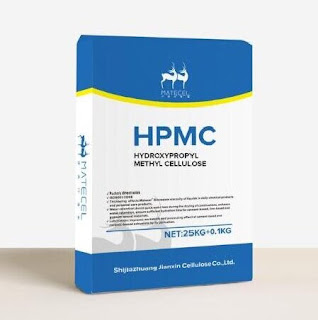What is the difference between bromobutyl rubber and chlorobutyl rubber?
Butyl rubber is synthesized from petrochemicals and is a copolymer of isobutylene and a small amount of isoprene. Subsequent halogenation produces halogenated butyl rubber—usually bromobutyl or chlorobutyl.
What is bromobutyl rubber?
Bromobutyl rubber: is a terpolymer of isobutylene, isoprene, and brominated isoprene.
Bromobutyl rubber (BIIR) is an isobutylene-isoprene copolymer elastomer containing reactive bromine. Because bromobutyl rubber has a substantially saturated backbone of butyl rubber, it has many performance characteristics of butyl polymers, such as higher physical strength, better vibration damping properties, low permeability, aging resistance and Weather-resistant. The invention and use of the halobutyl rubber innerliner has in many ways enabled the modern radial tire. The use of these polymers in tire innerliner compounds can improve pressure holding properties, improve the adhesion between the innerliner and the carcass, and improve tire durability.
Advantage:
It is less hygroscopic and is a better choice for lyophilized/lyophilized product applications. Higher stability and generally longer shelf life.
Faster cure speed and shorter scorch or cure induction period (more efficient production)
Lower levels of curing agent are required and a wider range of accelerators can be used.
Disadvantage:
The production of bromobutyl rubber, such as soybean oil, requires stabilizers.
Heat sensitivity of bromobutyl stoppers is a bigger problem.
What is chlorobutyl rubber?
Chlorobutyl rubber: is a terpolymer of isobutylene, isoprene and chlorinated isoprene.
Chlorobutyl rubber can be thought of as a copolymer of isobutylene with a small amount of chlorinated isoprene. The product has a characteristic specific gravity of 0.93 and the product is in the form of a white to light amber jelly. Because most of chlorobutyl rubber is a saturated butyl skeleton, it has many characteristics of butyl molecules: low air permeability and moisture permeability; shock absorption; low glass transition temperature; good aging resistance and weather resistance in atmospheric environment ; Vulcanization diversity; fast vulcanization.
Advantage:
It has better heat resistance and is the first choice for high temperature sterilization technology.
Efficient production without the use of stabilizers.
Disadvantage:
The curing time is longer, resulting in higher production costs.
How to choose the right rubber?
Many modern rubber formulations for seals (plugs and plungers) in the pharmaceutical industry use halobutyl rubber as a base. Compared to other rubbers, halobutyl rubbers generally have lower levels of extractables and have excellent resistance to water and oxygen permeation. However, when choosing the most suitable rubber formulation for a stopper or plunger, it must be remembered that the formulation contains more than just the base rubber - it also includes fillers, vulcanizing agents, antioxidants, pigments, and more. The sum of these ingredients, and the way they are mixed, give the formula its character.
Having the right base rubber, but not having the right additives in a complete formulation, will result in poor performance. Having the right formulation and understanding the needs of the drug product, such as compatibility with the formulation and long-term stability, will help achieve high performance.
Given the wide variety of pharmaceutical products and the variety of possible interactions, the best way to choose the right rubber formulation for capping. For more information and assistance in choosing the right formulation and rubber for your drug product, please contact us.


评论
发表评论